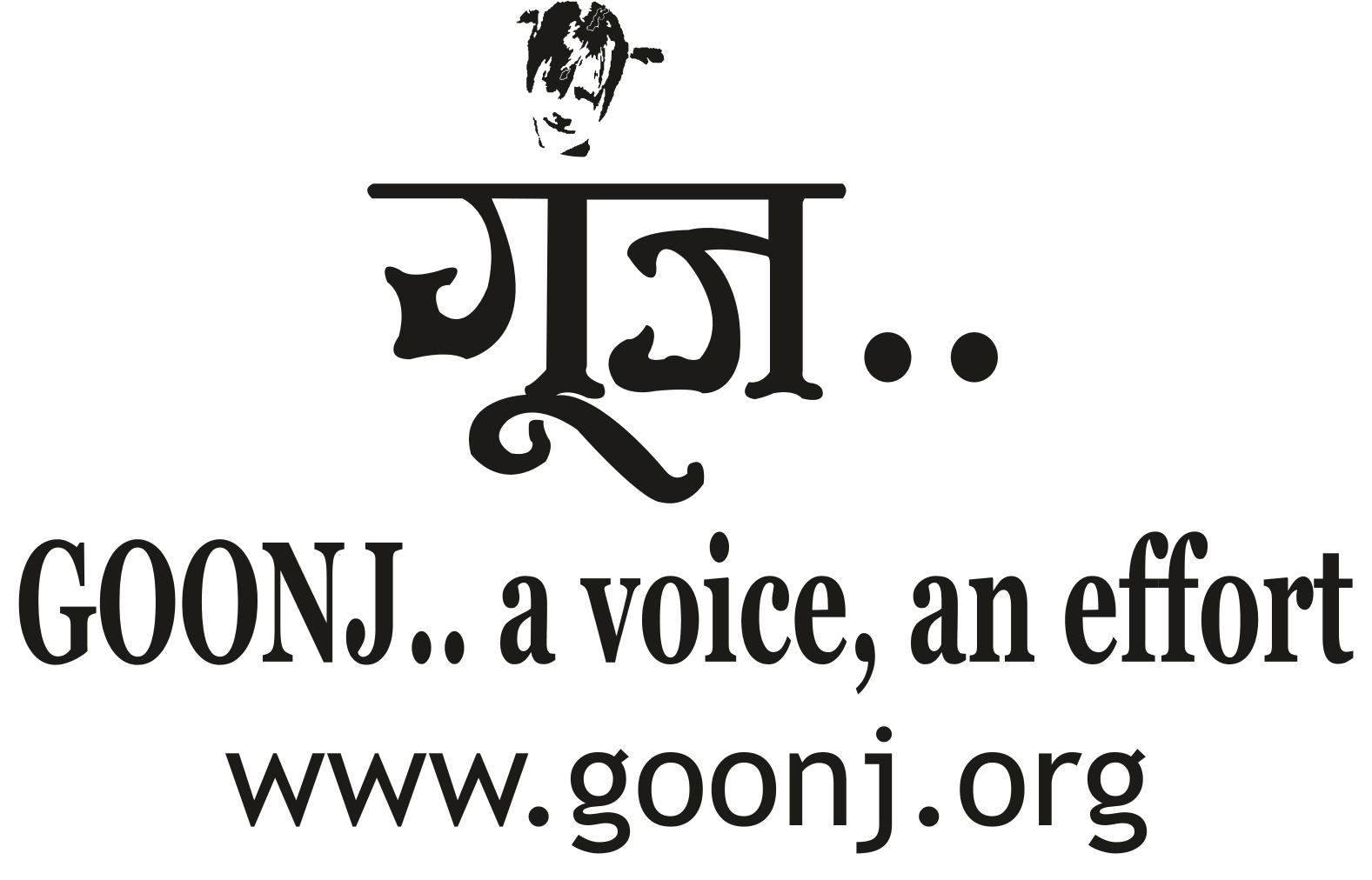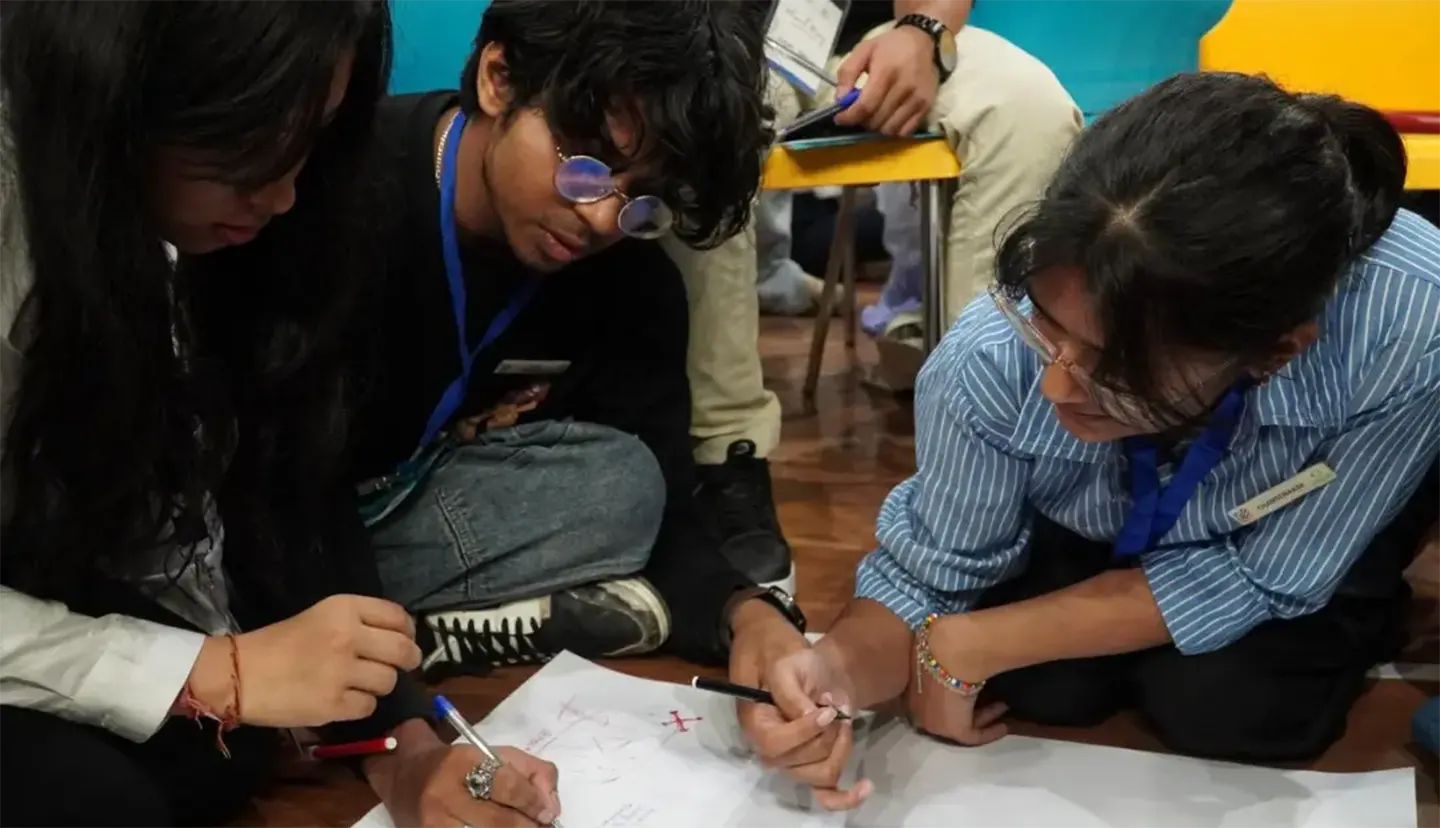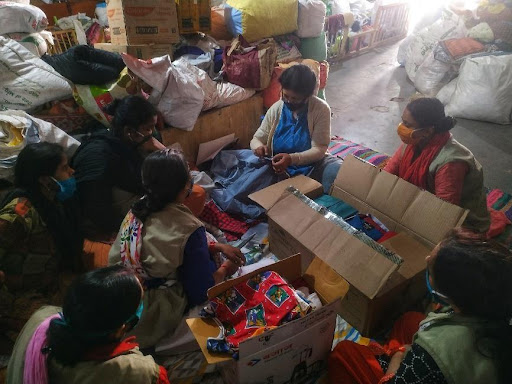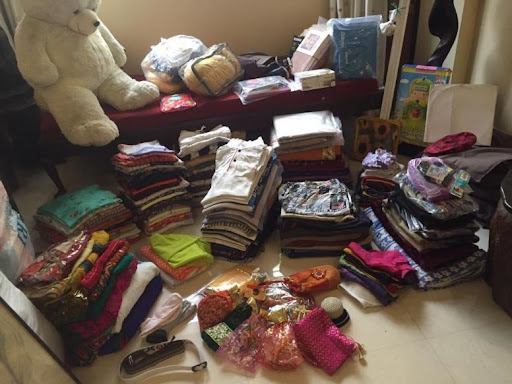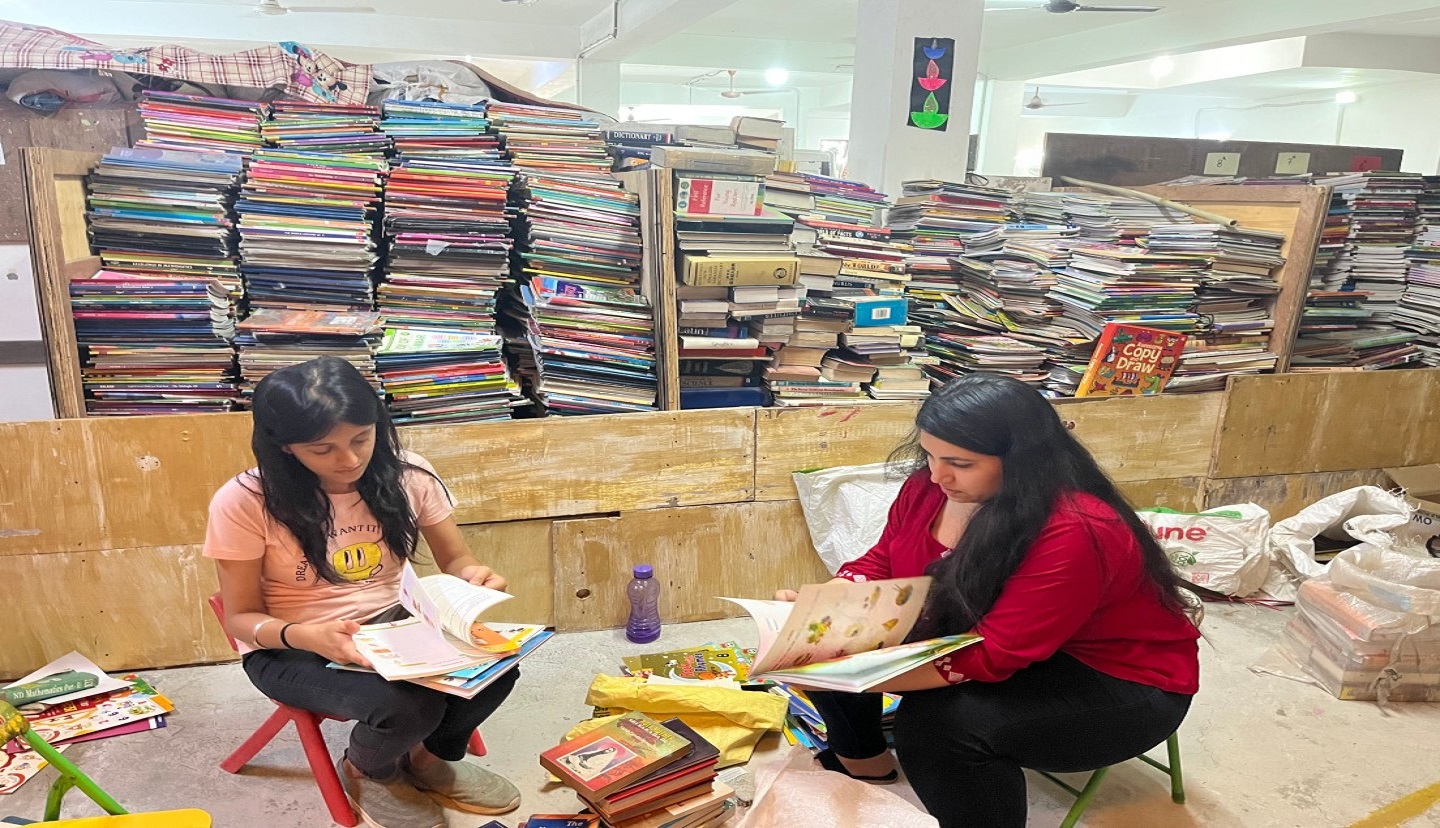Living in the cities, many of us believe that our lives are very different from the people living in villages. Malls, flyovers and the rapid-paced technology does make our lives easier but some ‘basics’ tie us to the vast majority in rural India. The food on our table is one such ‘basic’, as is Water. Historically, people in rural India have a deep emotional and cultural connect with their water bodies like ponds, lakes and wells. This story is about the revival and upkeep of these traditional water bodies strewn across the landscape of village India. Today, tube wells are a common sight in villages but with most drying up, people are forced to re-look at traditional water bodies.
But why do people still have to depend on ponds in this day and age? Beyond the obvious unavailability of drinking water, there are many reasons. In West Bengal, sometime ago people cleaned their ponds under ‘Cloth for Work’ (CFW) because they preferred the pond water over the bore well water to cook rice. In some parts of Bihar a pond is cleaned so that in summer the cattle can cool off in the water. Usually considered a common property of the community; for irrigation, bathing, washing, cooking and for cattle, ponds are also the natural habitat for flora and fauna as well as a source for recharging the ground water. We also know that ponds can mitigate droughts and act as shock absorbers in flood-prone areas, engulfing some of the flood water even as people find respite on their embankments.
With so many advantages, reviving these natural reservoirs could well be the answer to the growing water crisis faced by our country. We at Goonj, are looking at localized solutions by reviving a vast network of ponds across rural India under the CFW initiative. In FY 2016-17, a total of 881 water related activities were undertaken, including digging, cleaning and deepening of ponds and wells, making / erecting check dams, dug wells and various ground water recharging works like that of making bunds etc. in different parts of the country. The impact is yet to be understood fully but many village communities and especially thousands of women are living easier, because of it.
Gangasagar region, West Bengal
The struggle for water especially burdens the lives of women since the arduous task of carrying water invariably falls on them. Shanti Devi from village Kochuberia, 130 km from Kolkata, is delighted that she doesn’t have to walk miles any more to fetch water since the pond in her village has been cleaned up now. For years this pond was lying useless. Water hyacinth, an unwanted weed that spreads rapidly had made the water unfit for use. Sixty families of the village got together to clean the completely choked-up pond. At the end of three days of hard work of cleaning, the pond was usable again. Realizing the worth of their labour, the villagers promised to keep the pond clean in future as well.
Coastal Odisha
Millions of households across rural India depend entirely on the village water bodies. Clean drinking water is a precious commodity since most water bodies are defunct here. Seventy people from Konkapur village of Puri district in Odisha worked relentlessly and in just a few days they cleaned up their pond. It was a major milestone for the people as the entire village was dependent on this pond only.
West Champaran, Bihar
In the forests of this region, the people of Berai village did something extraordinary, something beyond their own belief. They completely transformed a choked pond that used to be a filthy spot of stagnant water that nobody liked to go near to. It hadn’t been cleaned for years and the water was unfit even for the animals. Many proposals to the government for its cleaning and beautification did not yield any response. Finally, on team’s nudge, a ten member village committee decided to motivate fellow villagers to clean up the pond. Fifty villagers got together to clear the water hyacinth for a better water resource under CFW. Today the pond is clean and the villagers are all set to breed fish in it. The good thing is that positivity has a ripple effect. When the people of Bakuli village, Bagaha block, cleaned and deepened their village pond and used that mud to repair and make a new road, Tulsi Patwari, of the neighbouring village, Khamhaura got inspired. He invited Team Goonj to revive his village pond. 220 men and women of the village worked continuously for three days to clean and deepen their pond under the same initiative, where the urban material kits became a source of motivation. While a villager gave his tractor pro bono to extract mud from the bottom of the dried up pond, the extracted mud was used to make a bandstand around the banyan tree and for repairing the village community centre. Later, when the pond was full of rainwater, the village women collectively put 17 kilograms of fish in it for rearing.
Mandala, Madhya Pradesh
Between 2012 and 2015, Goonj together with a local partner group (Prayas Shiksha Samiti), involved the local communities in the cleaning, repairing, deepening and maintenance of the existing 20 water bodies in 19 villages of two blocks – Mua Bichchiya and Mawai. Out of these, 5 ponds are now being used for fish breeding, giving people added livelihood and food. Some of us may think of ponds as small puddles of still and stagnant water but ponds can be as large as one acre to as small as 15×25 ft, used mainly for the cattle..
Uttarkashi, Uttarakhand
After the massive 2013 floods, as soon as the first phase of relief process ended a lot of people wanted to clean their ‘Chari’ (a local term for the place where animals drink water). In Jaspur village, Bhatwari block, Goonj motivated people to clean up a Chari (10x5x4 ft) that had been constructed 9 years ago. Now there is clean water for the animals, for the fields, as well as for washing clothes. In Kawan village, Dunda Block the water of the local Chari, cleaned under CFW some years ago, is still crystal clear.
